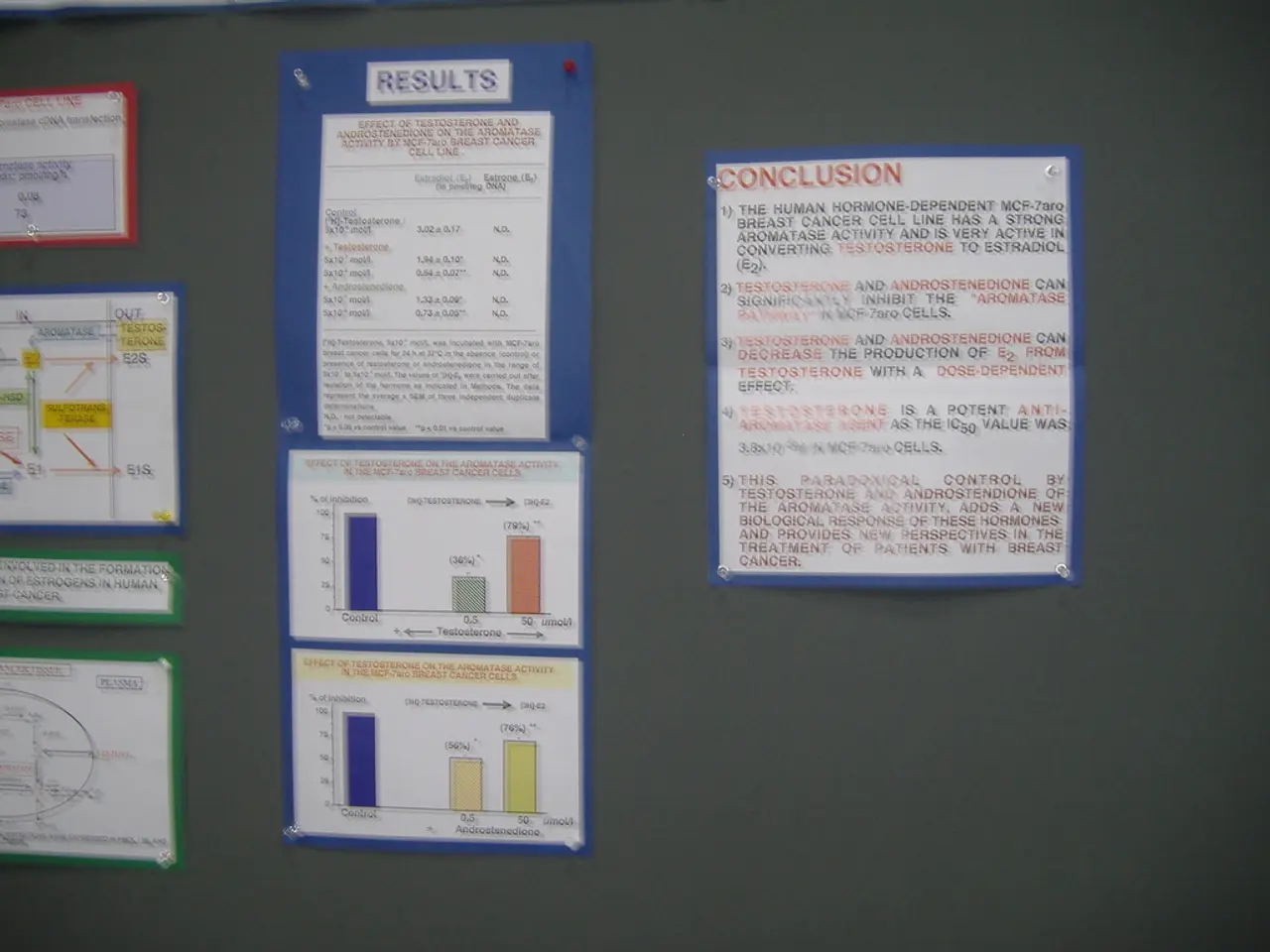Inquiry about the most recent tsunami that struck California and the possibility of future occurrences.
A violent eruption of the Hunga Tonga-Hunga Ha'apai underwater volcano on January 15, 2022, sent shockwaves across the Pacific Ocean and raised concerns about tsunami risks along California's coast. However, the frequency of damaging tsunamis along California's shores remains unpredictable.
Global Tsunami Frequency
Large megathrust tsunami events, capable of causing widespread devastation, tend to occur roughly every few hundred years in any given subduction zone. Smaller tsunamis are more frequent but less destructive. For instance, the Cascadia subduction zone in the Pacific Northwest produces "megathrust" earthquakes that generate large tsunamis approximately every 300 to 500 years, with the last major event in 1700.
Local Tsunami Frequency
Along California’s coast, tsunamis are relatively infrequent but still a significant hazard. Tsunamis are primarily caused by distant sources across the Pacific Ocean and occasionally from local faults or landslides. Large local tsunamis generated directly by California faults are rare, as major offshore thrust faults capable of producing giant tsunamis are less common.
However, California has been affected historically by tsunamis triggered by large distant earthquakes in Alaska, Japan, and Chile. These events typically occur every few decades to centuries with varying levels of impact.
California's Tsunami Risk
No precise annual average frequency for California-specific damaging tsunamis is available. However, risk assessments prioritize preparedness because of the potential high impact despite the low frequency. Models suggest tsunami-related losses could be very high along near-shore areas facing the Pacific Ocean, especially when combined with earthquake shaking risks.
The National Oceanic and Atmospheric Administration (NOAA) ranks the U.S. West Coast at a high to very high hazard level for tsunamis. The NOAA's assessment of tsunami hazard level for the U.S. West Coast remains high to very high.
The most recent tsunami to hit California was in 2022, with the source and severity of the next California tsunami likely differing from the recent one. The NOAA did not specify a timeline for the next potential California tsunami or indicate any increased or decreased risk of tsunamis in California compared to other regions.
Tide gauges along the California coast recorded maximum wave amplitudes of 1.36 meters in Port San Luis during the 2022 event, with the tallest waves rising to 2.61 meters. Worldwide, local tsunamis cause damage approximately twice a year, and tsunamis wreak havoc far from their original source about twice per decade globally.
The NOAA's report does not mention any specific regions outside of California that are at a higher risk of a tsunami in the near future.
This underscores the importance of monitoring, early warning, and preparedness measures to ensure the safety of Californians along the coast. Stay informed and prepared for potential tsunami risks.
Science has shown that large tsunami events, such as those generated by the Cascadia subduction zone, occur approximately every 300 to 500 years, while smaller, less destructive tsunamis are more frequent. (Global Tsunami Frequency) In the context of California, environmental science data indicates that tsunamis are relatively infrequent but still a significant hazard, primarily caused by distant sources in the Pacific Ocean or local faults or landslides. (Local Tsunami Frequency) Weather phenomena, like the eruption of the Hunga Tonga-Hunga Ha'apai volcano, can potentially trigger tsunamis, raising concerns about their environmental impact. (weather)








